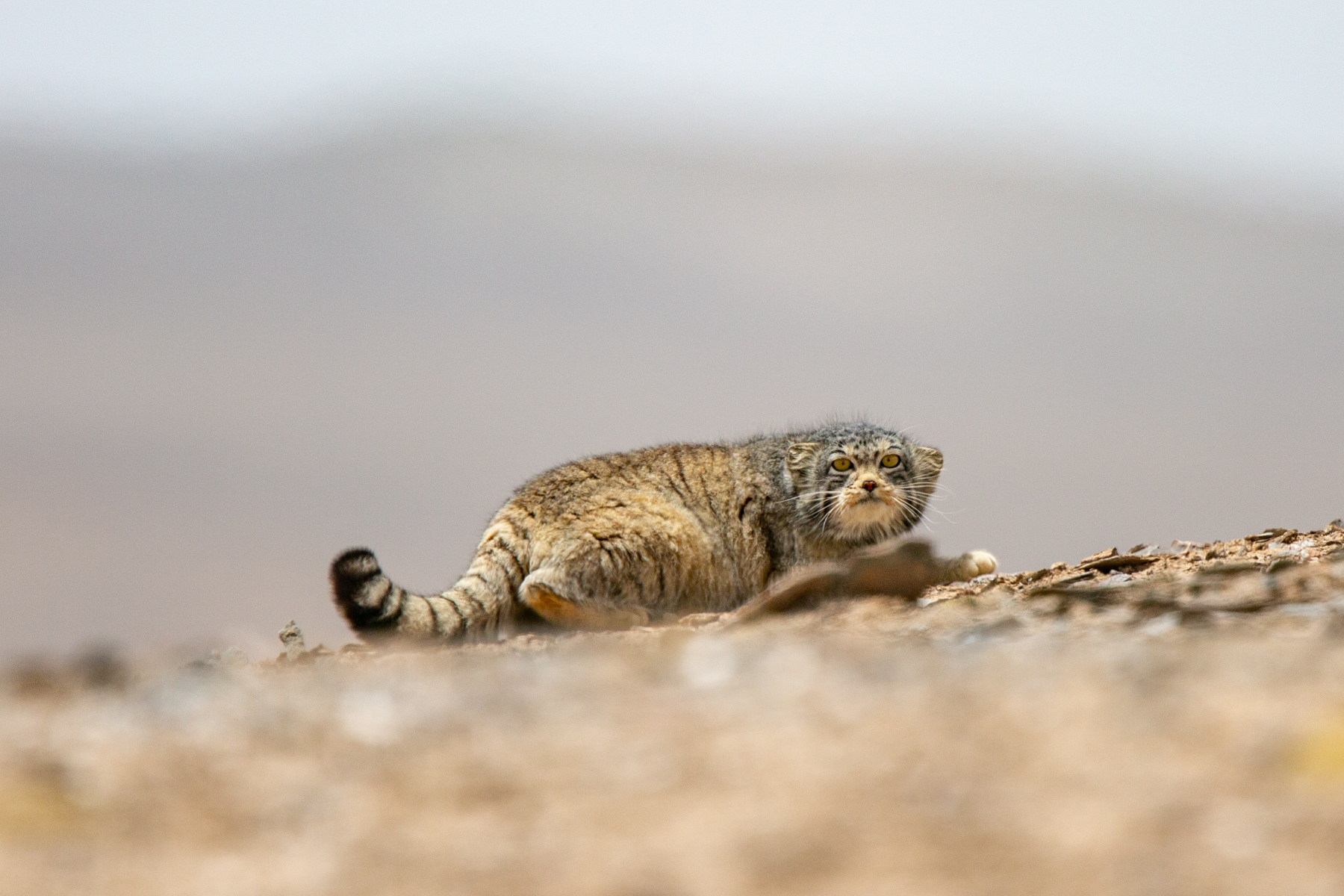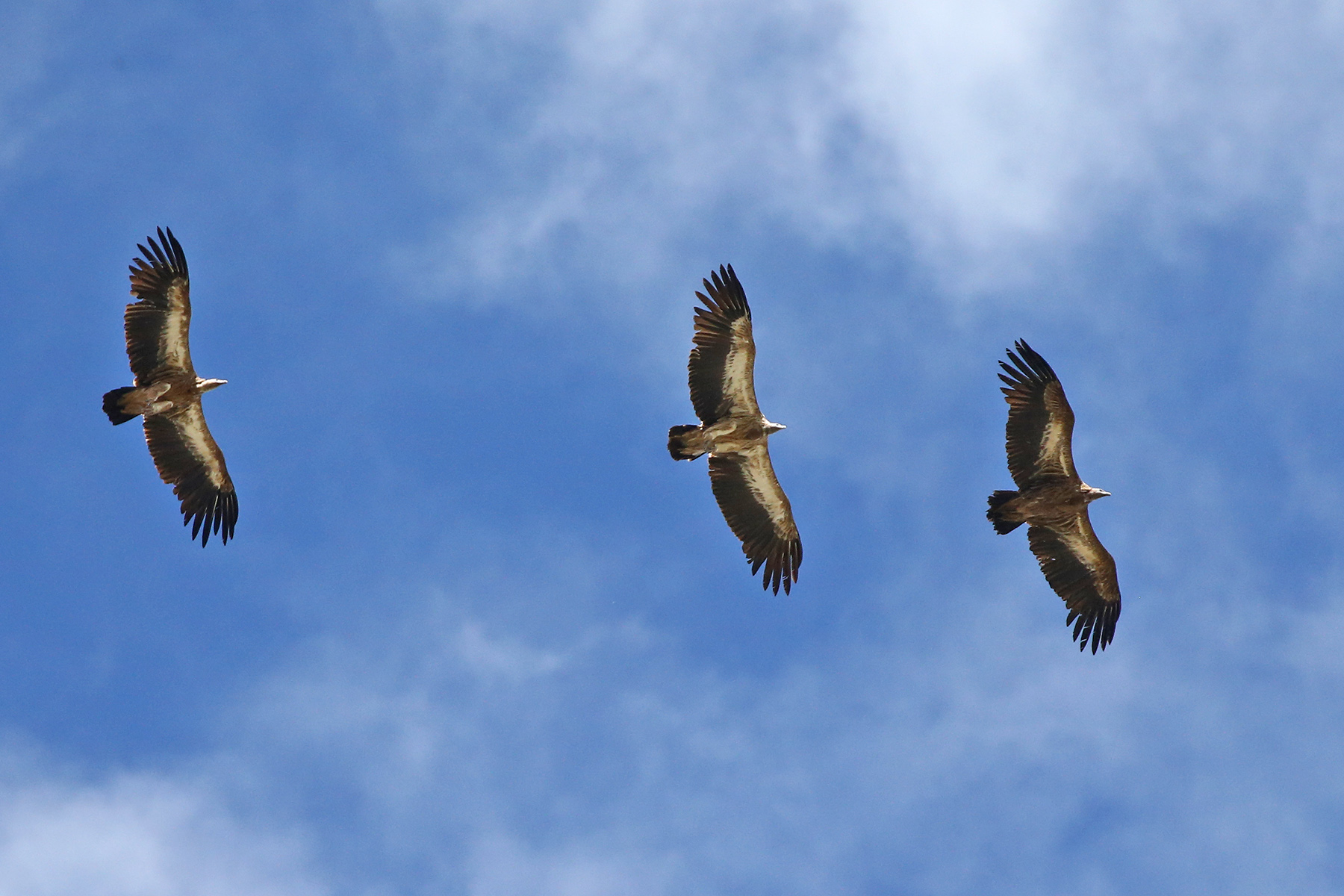KUNLUN & TARIM EXPEDITION, WEST CHINA: DETAILED ITINERARY
Kunlun Range & Tarim Basin Expedition: Day 1 The expedition starts this afternoon at Yushu, a small city in the southwest of China’s Qinghai province, where we will spend the night.
Airport transfers will be provided.
(There are daily flights into Yushu from Xining, the capital of Qinghai province, which has connecting flights from Beijing, Shanghai, Guangzhou and other gateway cities. We can easily book domestic flights for you on request, even if you are not obtaining your international tickets through us. Negotiating Chinese airports is easy. Almost everyone speaks at least some English and the signage is bilingual and good. All announcements are bilingual.)
Kunlun Range & Tarim Basin Expedition: Day 2 Today we will head off into dramatic landscapes as we travel northwards through gorges and over mountain passes on our way to the remote town of Qumarleb (also known as Qumalai) for an overnight stay. Luckily for us, it has a surprisingly comfortable hotel.
We will surely encounter some impressive Great Rosefinches today during a number of roadside birding stops, as well as many other Tibetan Plateau species.
Additional species we are likely to encounter include Himalayan Vulture, Upland Buzzard, Salim Ali’s Swift, the magnificent Saker Falcon (now in decline almost everywhere owing to illegal egg and chick stealing for Arab falconers), Red-billed Chough, Northern Raven, Horned Lark, Hume’s Short-toed Lark, Pale Martin, Eurasian Crag Martin, Black Redstart, White-rumped, Rufous-necked and Blanford’s Snowfinches, White Wagtail and Twite.
Kunlun Range & Tarim Basin Expedition: Day 3 We continue northwestwards, if anything into even wilder country than the day before en route to the remote settlement of Budongquan for an overnight stay.
We will be crossing the immense Kekexili Nature Reserve, a truly wonderful area for wild mammals. If anyone ever tells you that the Chinese have killed everything off, well they would have to ‘eat their hat’ if they saw Kekexili!
Here we can expect to see large numbers of Kiangs and Tibetan Gazelles, and as we approach the remote hamlet of Budongquan, where we will overnight, good numbers of the rare and endangered rare Tibetan Antelope or Chiru, much-persecuted for its splendid horns and soft hide. There is a good chance of Grey Wolf in this wild area and a good chance of encountering White-lipped (or Thorold’s) Deer. The broad-faced Tibetan Fox is positively common and Plateau Pikas are numerous. There is a first chance for Wild Yak and a real chance for Pallas’s Cat.
Marshy areas hold Black-necked Cranes, Tibetan Larks, Bar-headed Goose, Ruddy Shelduck, Mallard, Great Crested Grebe, Black Stork, Eurasian Coot, Common Redshank, Brown-headed Gull, Common Tern and Citrine Wagtail of the distinctive form calcarata that may represent a distinct species.
Kunlun Range & Tarim Basin Expedition: Day 4 We have yet more dramatic scenery to look forward to this morning as we admire the awesome snow- and ice-clad peak of Yuzhu Feng (6178m, 20,269ft), one of the highest peaks of the Kunlun range.
After we cross the Kunlun pass we enter the dramatic Yeniugou (‘Wild Yak Valley’) where we will stay for four nights in its upper reaches.
We will have time for some birding and mammal stops along the way, with excellent chances for Tibetan Sandgrouse, Tibetan Sand Plover and other species mentioned for the next two days.
Kunlun Range & Tarim Basin Expedition: Days 5-7 We have some truly dramatic scenery to look forward to as we search for the fabled Sillem’s Mountain Finch in its remote fastness. The Kunlun mountains are extraordinarily scenic, with the highest peaks in the region rising to well over 5000m (16,400ft).
Our reason for exploring this remote location is quite simple: the chance to be amongst the first birders to see the almost unknown Sillem’s Mountain Finch, Carpodacus sillemi, a species that was overlooked when the first specimens were collected by a Dutch expedition that visited the area north of the Karakorum Range in the first part of the 20th century (they were misidentified as Brandt’s Mountain Finch, Leucosticte brandti, until C. S. Roselaar worked out that they represented a new species for science, either a new Leucosticte or perhaps even a new Koslowia (at that time a genus that was used only for the Tibetan (or Roborovski’s) Rosefinch. After that nothing, until 2012 when Yann Muzika rediscovered the species by chance while on a trekking expedition in southwestern Qinghai in 2012!
More recently, Sillem’s Mountain Finch has been reallocated to the genus Carpodacus, into which Koslowia was subsumed, and renamed Sillem’s Rosefinch.
The area where Yann rediscovered the species is decidedly remote, and he again found the species present in 2013. We relocated it in the same area during our pioneering expeditions of June 2014 and June 2018.
The poorly-known Tibetan (or Roborovski’s) Rosefinch is positively common in this high-altitude habitat in the Kunlun and at this time of year, we are likely to find the deep-pink males and sandy-grey females feeding their young.
Tibetan Sandgrouse (the least known member of its family) is straightforward to find in this area and requires no uphill hike in order to do so. Indeed we have even seen them at the roadside!
Other Tibetan Plateau speciality birds present in the area include Tibetan Snowcock and Tibetan (or Prince Henri’s), Black-winged and Pere David’s (or Small) Snowfinches.
Other species include Bearded Vulture, Golden Eagle, Guldenstadt’s (or White-winged) Redstart, Brown Accentor and Brandt’s Mountain Finch.
Mammals are absolutely fantastic in this area, most unusually for Asia. We should encounter Kiangs (or Tibetan Wild Asses) and Tibetan Gazelles, and also the rare Tibetan Antelope or Chiru, much-persecuted for its splendid horns and ultra-soft wool (this species has only recently recolonized the ‘Sillem’s area’). Wild Yak is another star attraction (we have a very high chance of seeing good numbers here). There is even a chance of both Brown Bear and Pallas’s Cat, both of which were seen during our past expeditions! There is even a slim chance for Snow Leopard, as they still occur in the area. Red Fox, Himalayan Marmot, Woolly Hare and Large-eared Pika round out a panoply of great critters.
Kunlun Range & Tarim Basin Expedition: Day 8 After some final birding in the Kunlun range we will descend to Golmud for an overnight stay.
Golmud is a small city at the southern edge of the vast, arid Qaidam (or Zaidam) Depression in northern Qinghai province. The Qaidam is considered part of the Tibetan Plateau but is its lowest region.
Kunlun Range & Tarim Basin Expedition: Day 9 We set out early and head westwards today on good, fast roads across the vast, sandy Qaidam (or Zaidam) Depression that is scooped out of the northern flank of the Tibetan Plateau. Mongolian (or Henderson’s) Ground Jays are quite common in the Zaidam and can sometimes be seen running across the road, while Cinereous Vulture is also likely.
We will make a number of birding stops along the way to Mangya, where we will spend the night.
Kunlun Range & Tarim Basin Expedition: Day 10 Not long after leaving Mangya, we reach the dramatic Altun mountains. Here, ‘Margelanic’ Whitethroat (sometimes treated as a full species but usually considered a subspecies of Desert Whitethroat) is common, as is Great Rosefinch. Mongolian Finch is also to be found in these arid mountains.
Our final destination is the town of Ruoqiang, situated at the edge of the Tarim Basin, where we will spend two nights.
Ruoqiang is a small town in an autonomous Mongol district, inhabited by people of Mongol descent and Han Chinese. We should arrive in time for some initial exploration.
Kunlun Range & Tarim Basin Expedition: Days 11 Today we will explore the southeastern edge of the Tarim Basin. This region was the focus of a number of Russian and British attempts to win the favours of the local rulers during the period of the ‘Great Game’. One of the members of the ‘British Yarkand Expedition’ was George Henderson, of ground jay fame, and his exploits are recorded in the book ‘Lahore to Yarkand’ by Henderson and Hume.
Here we will find Biddulph’s Ground Jay, a species endemic to the Tarim Basin and also the endemic Tarim Babbler, finally recognized to be a sylviine babbler rather than a warbler and now treated as a distinct species rather than a subspecies of the very-different-looking and sounding Beijing Babbler.
Other interesting birds found in the area include Long-legged Buzzard, Pallas’s Sandgrouse, the range-restricted White-winged Woodpecker, Isabelline Shrike, Turkestan Short-toed Lark, Desert Whitethroat, the localized and range-restricted Saxaul Sparrow and Desert Finch.
Additional species we may come across in the Tarim Basin include Northern Shoveler, Red-crested Pochard, Little Bittern, Great Cormorant, Pied Avocet, Black-tailed Godwit, Black-headed and ‘Mongolian’ Gulls, Little Tern, Oriental Turtle Dove, Eurasian Collared Dove, Little Owl, Common Swift, Eurasian Hoopoe, Common Kestrel, Indian Golden Oriole, Eurasian Magpie, Oriental Skylark, Bearded Reedling, Barn Swallow, Barred Warbler, Isabelline and Desert Wheatears, Citrine Wagtail and ‘Masked’ Wagtail (the personata form of White Wagtail).
Mammals are not conspicuous but we may encounter Goitred Gazelle.
Kunlun Range & Tarim Basin Expedition: Day 12 After some more birding in the Tarim Basin we will return to Mangya for an overnight stay.
Kunlun Range & Tarim Basin Expedition: Day 13 We head back across the Zaidam to the city of Golmud. After an early dinner to celebrate our adventure together, we will head for the airport where our expedition ends.
(There are daily evening flights between Golmud and Xining with onward connections to Beijing, Shanghai, Guangzhou and other gateway cities. We can easily book domestic flights for you on request, even if you are not obtaining your international tickets through us.)











































































